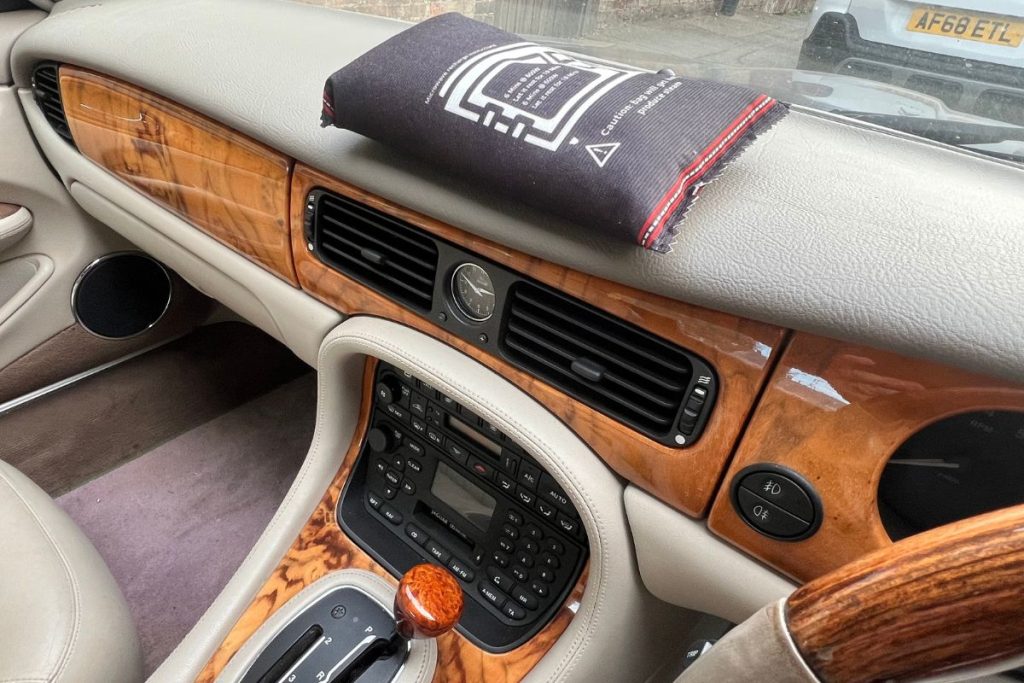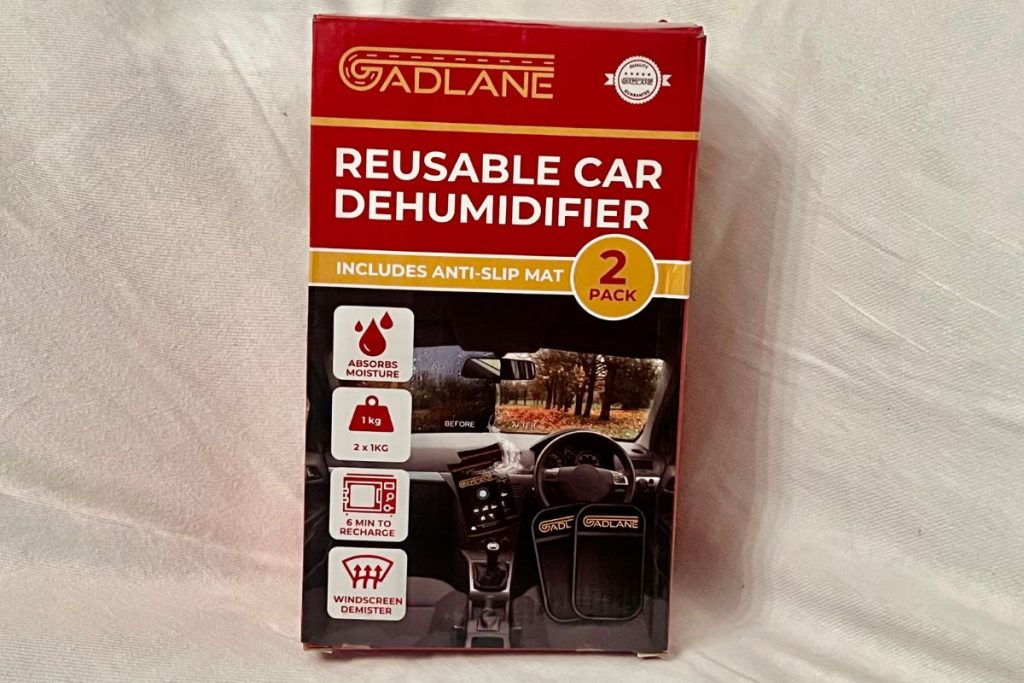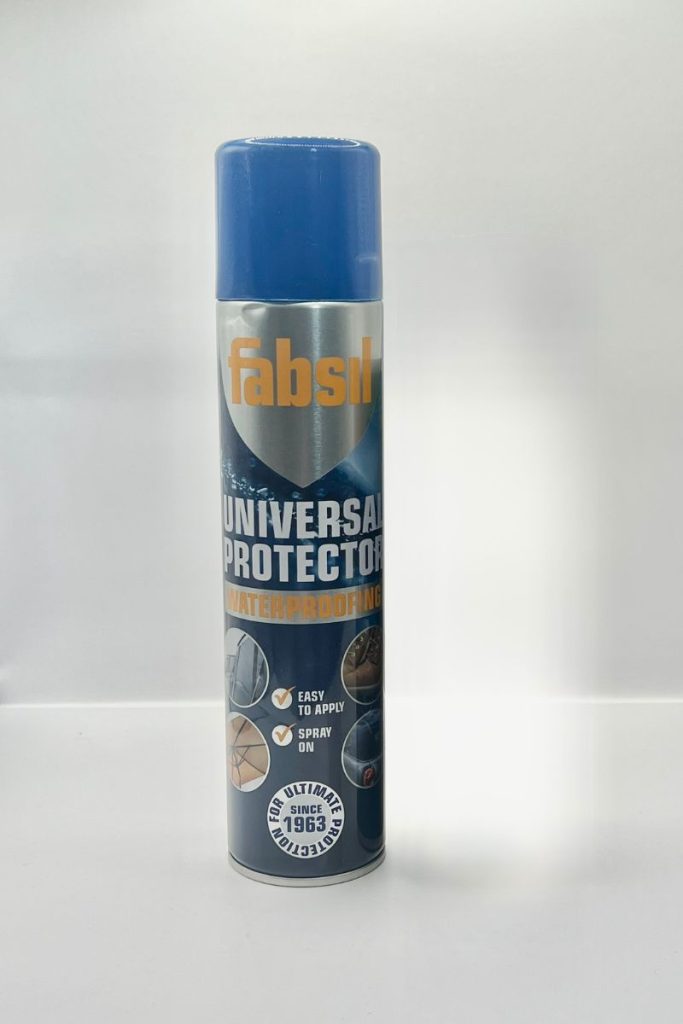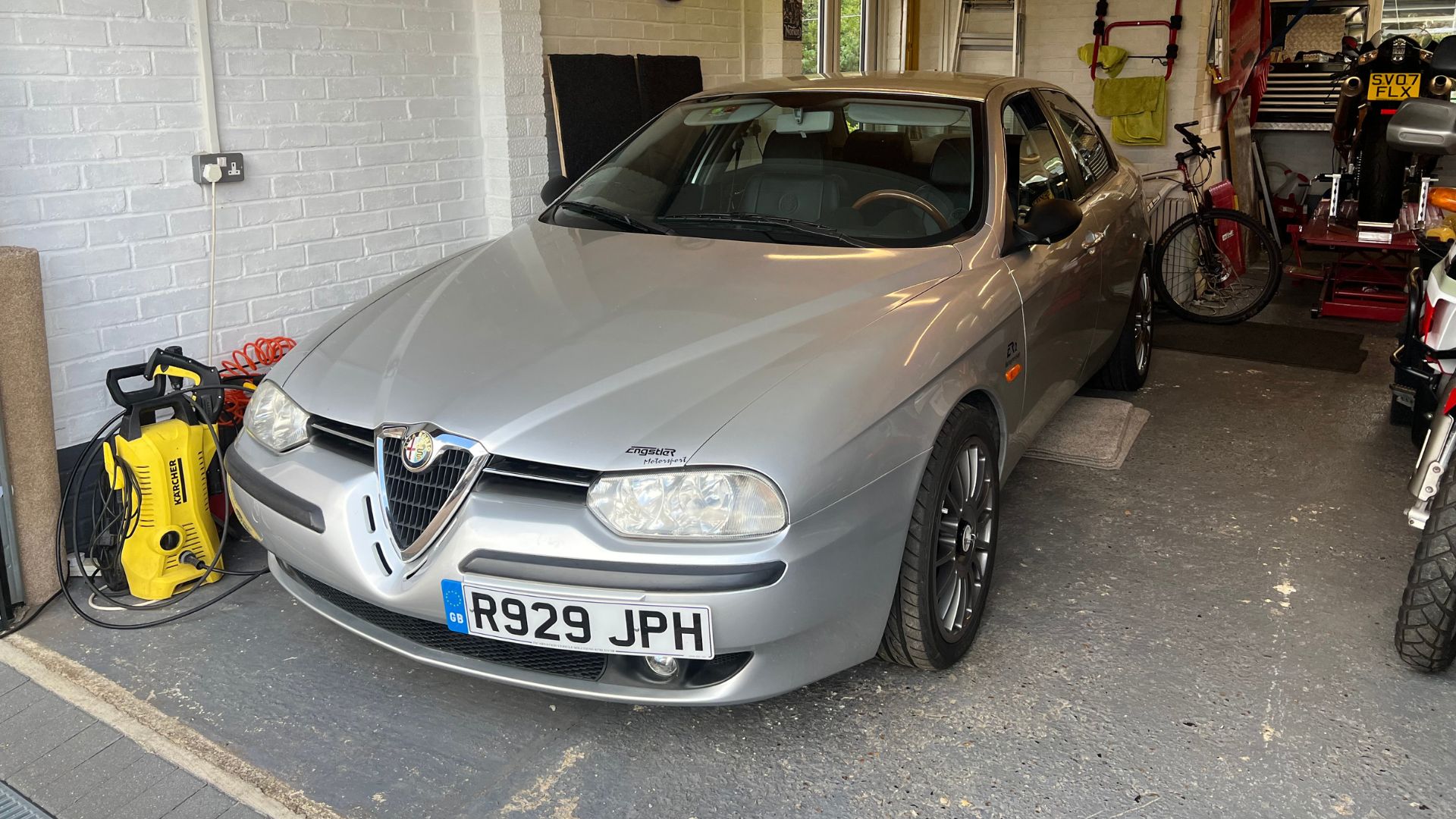Author: Craig Cheetham
Photography: Craig Cheetham
Damp can affect older cars in a manner of different ways, from steamed up windows to soggy carpets, or in the worst case the onset of mould, which is not only unsightly, but can also cause serious health issues
The issue is that old cars simply aren’t as watertight as newer ones, with bigger panel gaps, aged seals and leaky sunroofs or soft-tops all contributing to extra condensation in your interior.

Often, the first signs are a bad smell or excessive fogging up of the windows and windscreen – but what causes it and how can you stop it?
What causes damp inside your car?
Damp can happen without your car leaking – getting into the car with wet shoes or clothing can be enough to get moisture into the cabin.
Old or tired window seals are another cause, while water puddling up in carpets can come from water coming up into the car from the road surface, too – through rubber drain bungs that have come loose, lower door seals, blocked drain holes or, in the worst case scenario, underbody corrosion, which you’ll need to get checked out as a matter of urgency.
Depending on make and model, clogged drainage can also be an issue – on some cars such as the Range Rover P38a, original Fiat Panda, VW Golf Mk 4 and Rover 75/MG ZT, it’s a known issue, easily cured by blowing compressed air down the roof gutter channels.
Damp in the cabin can also indicate a fault with the heater or air conditioning system – see if your coolant level has dropped if your car is damp inside, as it could have a leak coming through from the heater matrix.
Getting the damp out of your car
The first job is to identify and cure the cause of the damp, but once you’ve done this, you’ll want to get rid of it. A simple way is to let the car air, but to do this you’ll need to have a dry, uncover environment and that’s not an option for everyone. If you do have a sizable enough garage, though, then you can leave the car in there with the windows cracked down for a while – but not overnight, as it may allow rodents to get in and start feasting on your fabrics and wiring.
If there’s wetness in the carpets, you can eradicate this with a wet and dry vac, but bear in mind that if this has got into the underlay of your car’s carpets it’ll take an age to dry – out. If you’re storing the car for a while, it’s worth lifting the carpets up to allow the soundproofing layer to dry out.
Another good practise of your car has suffered from damp is to simply just use it – on a dry day, drop the windows, put the heater on full with the vents directed to the floors and take it for a good drive – it’s an excuse to give your car a good workout, especially if it’s otherwise getting stored away for the winter.
Another option is to use a desiccant – you can buy these from most spares shops or online. There are two types. One takes the form of a plastic reservoir filled with silica gel pellets – the silica absorbs moisture (it’s why you often find those little sachets in packaging for clothing and electrical items) and, overtime, you’ll see the contents of the reservoir turn into a liquid as moisture is removed from the atmosphere.


More expensive, but also reusable and more sustainable are car dehumidifier packs. These use a similar chemistry, but you simply pop them on the dashboard or near the damp area of the car and leave them to work their magic. When they become damp themselves, it means they’ve taken as much moisture as they can – you just take them inside, pop them in the microwave for a few minutes, and they’re good to go again.
If you fancy a DIY option you can also fill a couple of old socks with cat litter – it’s an especially useful way of getting moisture out of carpets, as the litter absorbs it – unconventional, but effective.
How do I stop my car getting damp?
The best option, especially if you’re going to park it up for the winter, is to store it in a garage. If you don’t have one at home, you can see if there are any available to rent via your local council.
Another method that worked for us was to simply ask on a local Facebook page if anyone had a garage or indoor storage they don’t use – a lot of people don’t use their garage to store vehicles and may well appreciate a financial gesture for doing so.
If you can’t garage your car, then regular cleaning is the key, as well as using weatherproofing protectants on rubber window seals and door seals to stop them from cracking and leaking.

If your car is a convertible, you may want to look on eBay or on places like Facebook Marketplace for a hardtop – there are loads of used ones for popular cars such as the Mazda MX-5, MGF and Lotus Elise, for example. If that’s not an option, then a good trick is to spray the roof with a moisture-repellent spray – its hydrophobic properties allow water to bead on the fabric roof and then run off, rather than seep into the fabric.
Have you struggled with damp in your classic before? Let us know your stories below.
Keep your classic on the road
At Hagerty, our mission is simple: to help you protect the car you love. Discover trusted classic car insurance from the people who get it.










There’s never mention about the Lexus sc430. I have a 2006 model with 105000 on the clock. They’re rare on today’s roads and typically named a Marmite vehicle, you know this already, anyway, a comment from you now and again would be welcome.